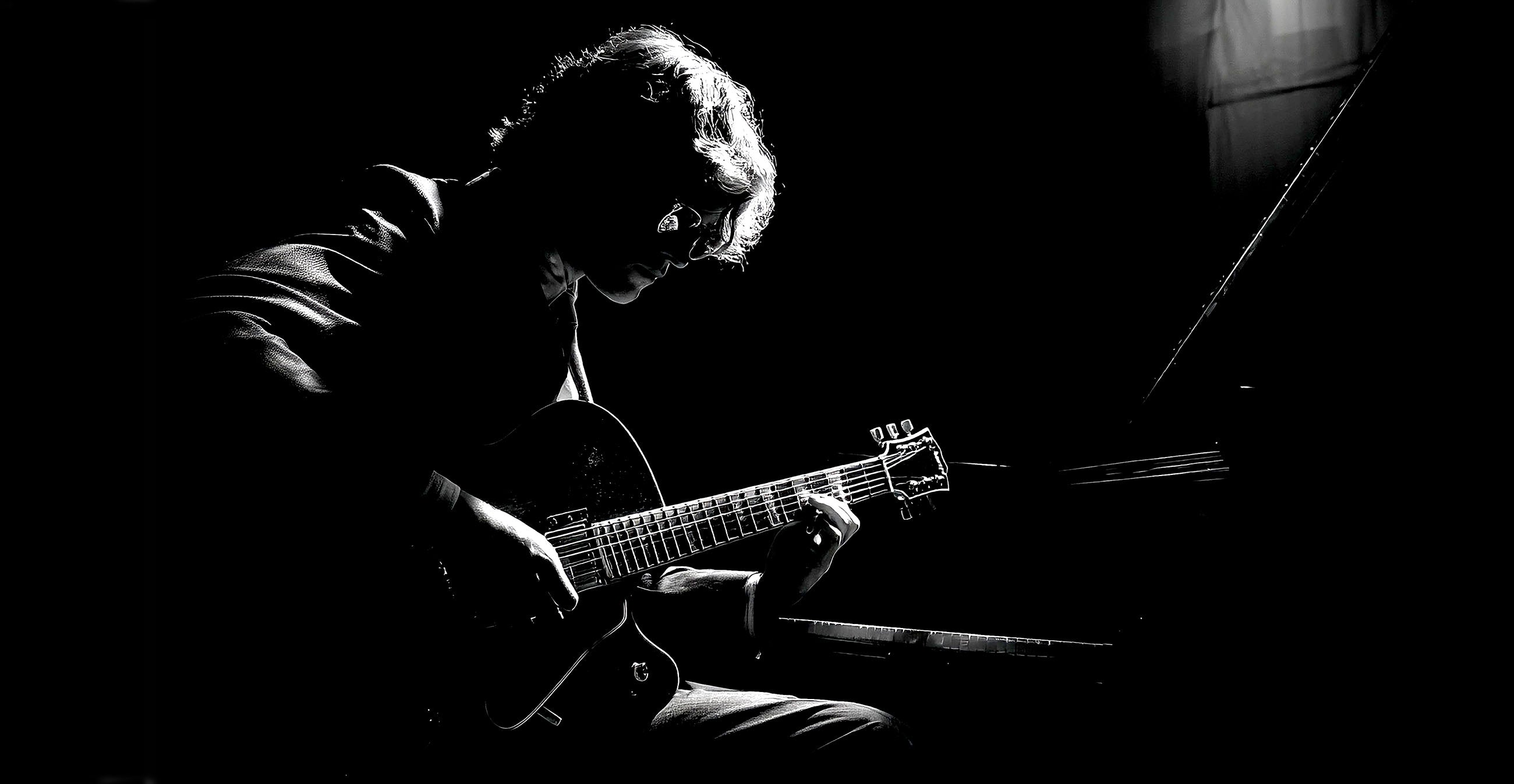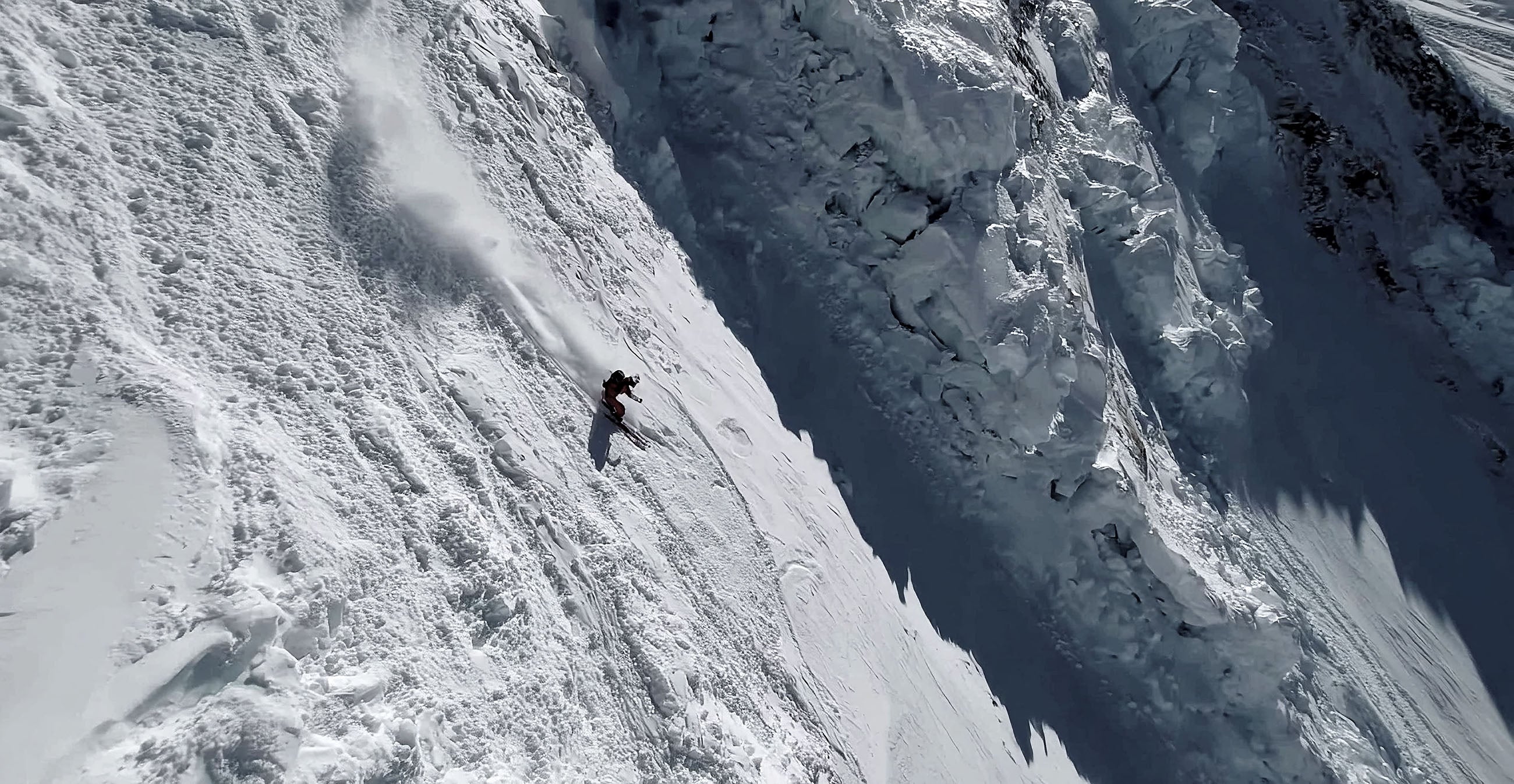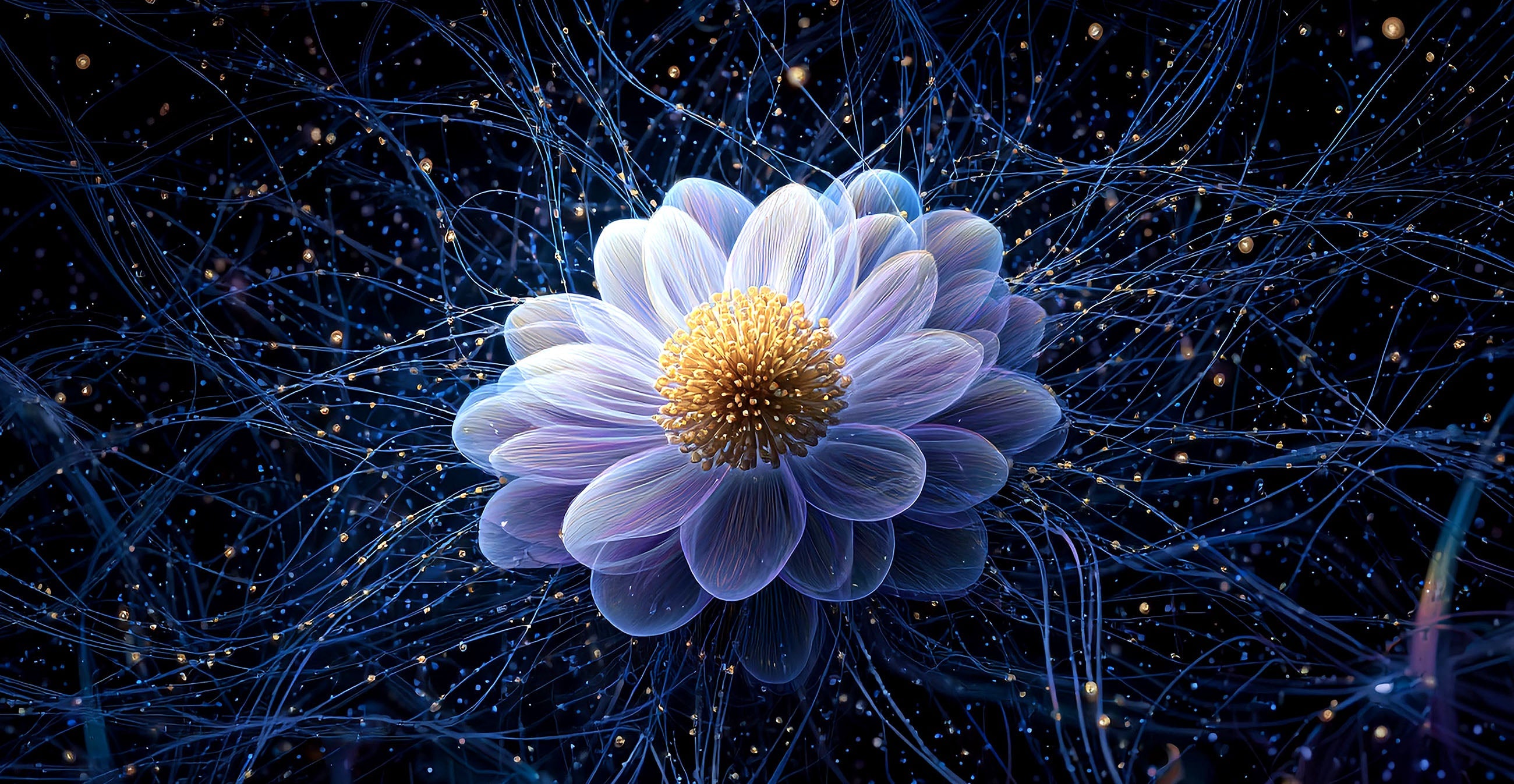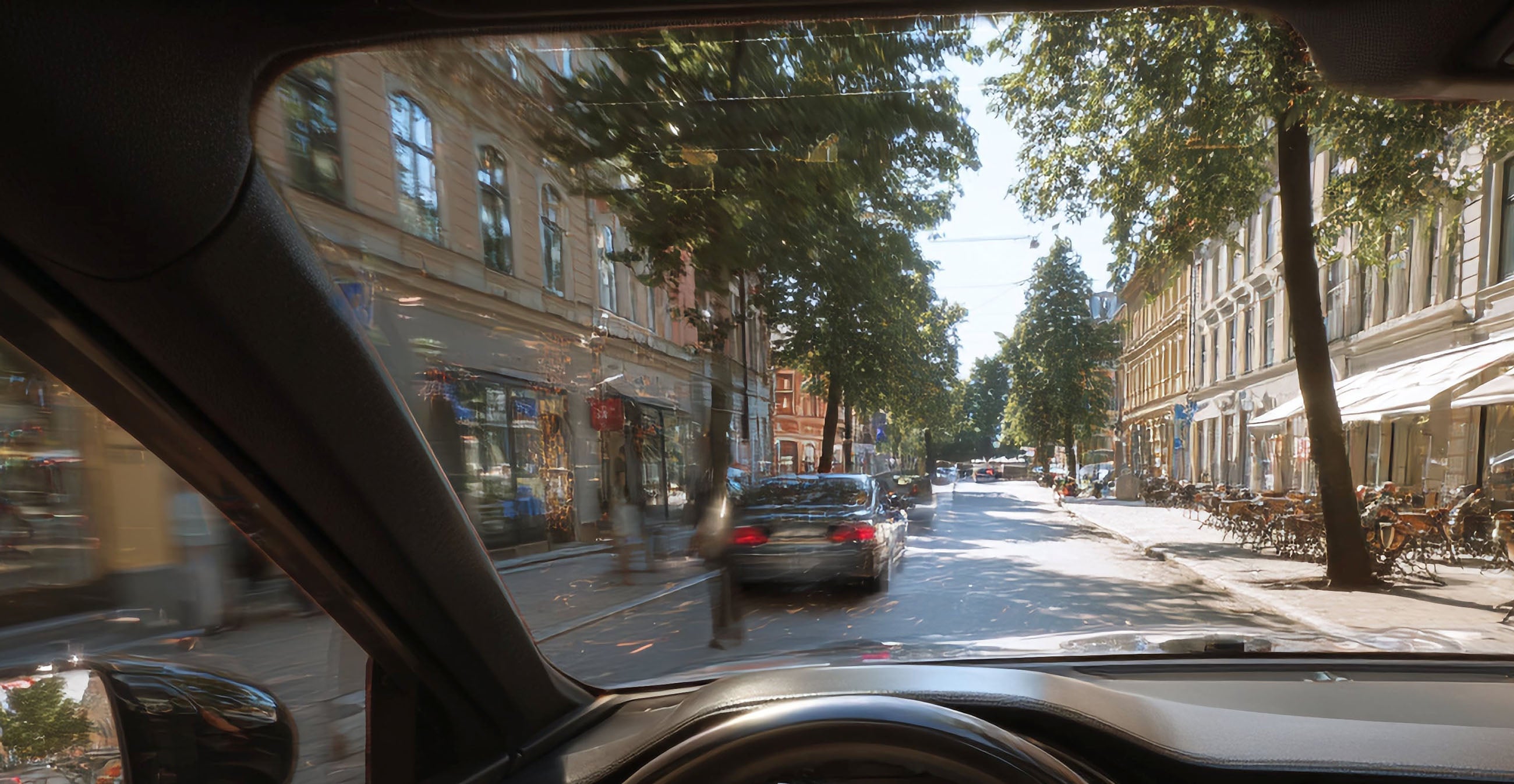Twenty years ago, on April 23, 2005, a 19-second clip titled Me at the Zoo sparked a revolution. Uploaded by YouTube co-founder Jawed Karim, this simple video of him standing before elephants at the San Diego Zoo became the first-ever YouTube video. Today, it has over 317 million views and more than 10 million comments, reflecting its lasting cultural impact. But what makes this brief moment so profound? Let’s explore the legacy of "Me at the Zoo" and what it reveals about our shared humanity.
A Humble Beginning
In the video, a 25-year-old Jawed Karim casually says, “The cool thing about these guys is that they have really, really, really long trunks.” It’s a fleeting remark, captured in low quality, yet it marked the start of a platform that would redefine how we connect, create, and communicate. YouTube, founded by Karim, Steve Chen, and Chad Hurley, grew from a vision to share videos easily, inspired by the challenges of sharing footage in the early 2000s.
“In its simplicity, ‘Me at the Zoo’ shows us that great things often begin with a single, unpolished step.”
This first upload wasn’t meant to be historic; it was a test, a proof of concept. Yet, its raw authenticity resonates, prompting us to ask: What makes a moment worth sharing?
10 Million Comments: A Digital Time Capsule
The comment section of "Me at the Zoo" is a vibrant mosaic of awe, nostalgia, and humor. With over 10 million comments, it’s a living archive of human expression. Viewers share their wonder at being part of history, with comments like “I’m here 20 years later, witnessing the start of something massive” or playful notes like “Those trunks are still cool!” These voices, spanning generations and cultures, highlight our collective need to connect, to leave a mark, to say, “I was here.”
Philosophically, the comment section raises a question: Are we defined by what we create or by how we respond to creation? Each comment is a thread in the fabric of YouTube’s story, reminding us that technology amplifies our humanity, our curiosity, our humor, our longing for connection.
The Cultural Impact of YouTube’s First Step
"Me at the Zoo" is more than a video; it’s a cultural milestone. YouTube grew from this single upload to a platform with 2.7 billion monthly users, hosting billions of videos by 2025. It’s where we’ve laughed at viral cat videos, learned new skills, and debated ideas. At its core, YouTube is about storytelling, ordinary people sharing extraordinary moments.
The video’s legacy lies in its invitation: Anyone can create. Anyone can share. As Jawed stood before those elephants, he unknowingly opened a door for billions to tell their stories. This democratization of voice is YouTube’s true gift, echoing the philosophical idea that meaning emerges from shared experience.
A Reflection on Connection
Two decades later, "Me at the Zoo" invites us to reflect on our digital age. In a world of algorithms and influencers, what do we choose to share? What stories endure? The video’s simplicity, Jawed’s quiet observation of nature, contrasts with today’s polished content, yet it holds a timeless truth: We are drawn to authenticity.
As philosopher Søren Kierkegaard wrote, “Life can only be understood backwards; but it must be lived forwards.” Looking back at "Me at the Zoo," we see the spark of a global phenomenon. Looking forward, we’re reminded to share our truths, however small, because they might just change the world.





